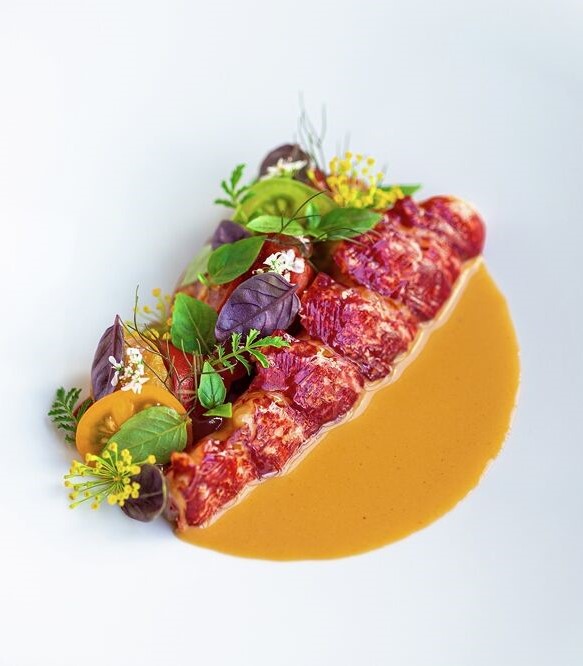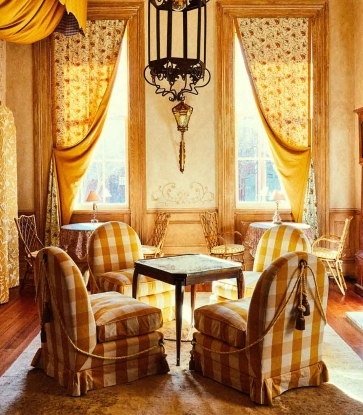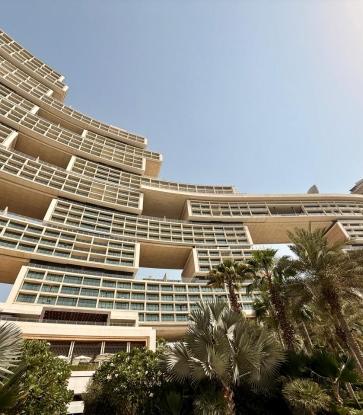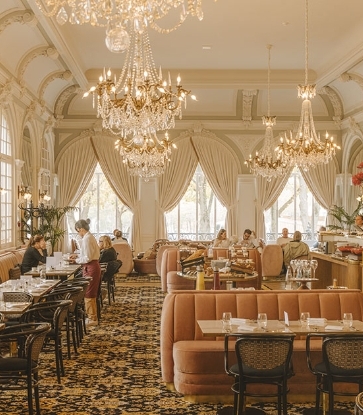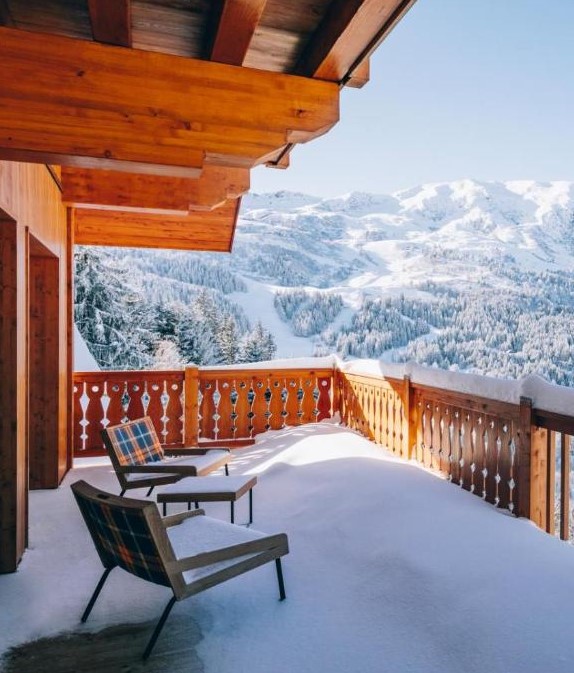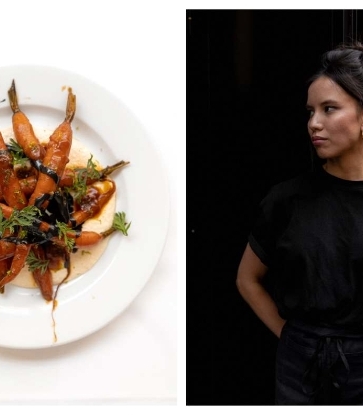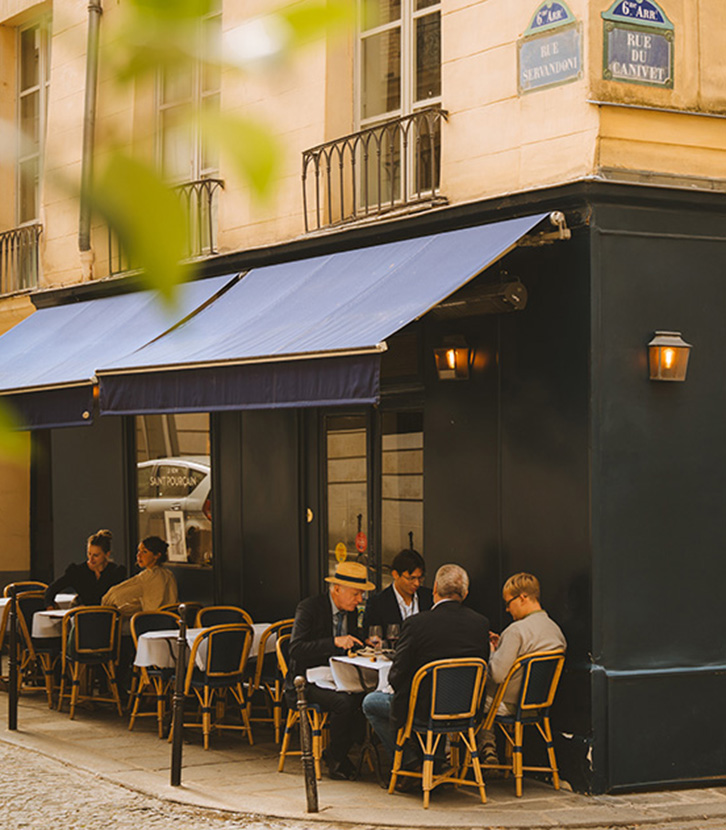For those who need a little reminder, the Bib Gourmand is a distinction awarded to restaurants that offer diners a great value meal. While each Bib Gourmand may be unique, with a bill that will vary from country to country, a certain level of quality remains a constant.
Every month, we highlight a Bib Gourmand restaurant from our selection, detailing where to go and when, and what to order. It might be a locally-minded gastropub run by an Englishman in a converted presbytery in Normandy, a former hunting lodge in the northern reaches of France, or a Parisian bistro where a colourful Chef from rural France elevates lowly cuisine canaille. Whatever the choice, our Bib Gourmand selection will sate your appetite – without breaking the bank.
Crossing the threshold of Baca’v, you feel a bit like you're arriving at a friend’s place. It offers bistronomy recipes, hearty dishes to mop up from your plate without restraint and a proviso on the front door that sets the tone: “As long as the lights are on, you can eat and drink." The name is a contraction of baca (meaning “to eat” in Limousin dialect) and the French word cave – for cave à manger. Chef Émile Cotte, a graduate of the kitchens of Drouant and Les 110 de Taillevent, decided at around 40 to open a restaurant where he could feed his guests sincere and generous bistro cuisine. His menu showcases the producers of Limousin, his home region, in unpretentious dishes and sharing plates, made in the time-honoured French tradition.
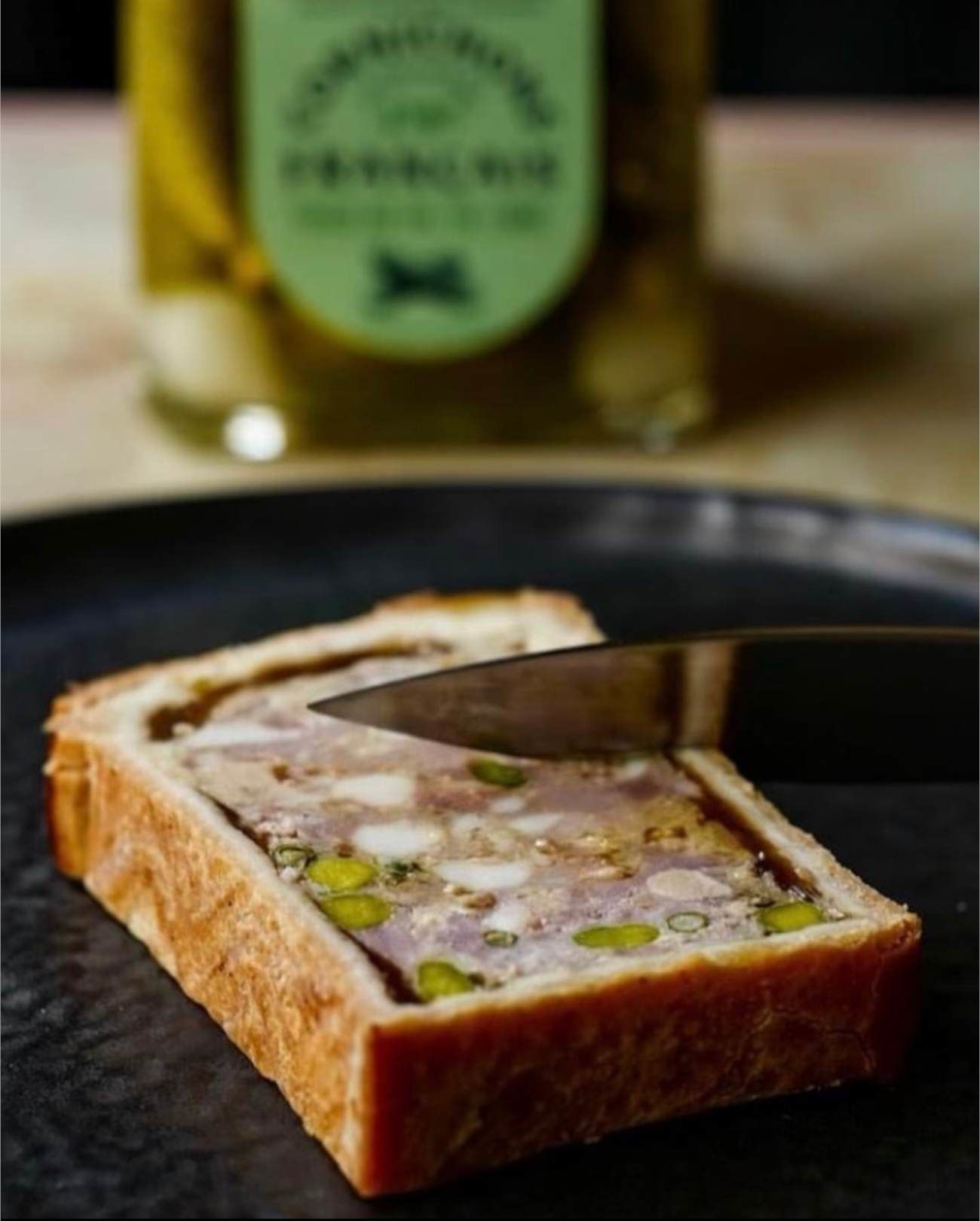
What is your signature dish?
The house dish is indisputably the pâté en croûte.What price range can customers expect?
Our set menu costs €41 – without question really good value for money – and is served for lunch and dinner.How would you describe your approach to the ingredients and cooking?
We champion the know-how of our Limousin producers, with whom we work directly and whose produce we receive every weekend. Our cuisine is generous, authentic and delicious.When is the best time to visit Baca’v?
Any time! Lunch or dinner, because the price of the menu is the same. Our cuisine is seasonal; autumn is particularly abundant, with scallops, game and hare à la royale. Then in winter we go on to truffles, and in spring we have asparagus and so on.
How have you come up with a menu that is both interesting and good value for money?
We are reducing the amount of meat in our dishes to align with a new consumer trend and give greater prominence to vegetables. This allows us to maintain quality and respond to inflated raw material prices without impacting our customers. Where I come from, we say: “There’s no caviar in Limousin, but we do have chestnuts.” (Antoine Blondin)How have you been able to maintain your high standards in the face of the rising cost of ingredients?
Our family produces poultry in the Monts de Blond hills. Our foodstuffs go directly to Paris every Friday to supply our two restaurants, Baca’v Paris and the newly opened Baca’v Boulogne, which reduces costs. I know how the birds are reared and slaughtered, and I oversee them from the henhouse to the plate, so to speak, which ensures quality, in terms of taste, structure and textures.What are your anti-waste initiatives at the restaurant?
We make the most of all the vegetables, for example in 'no-waste' soups. Our stocks are made with the carcasses of the poultry from our farm, which we buy whole, of course, and all the parts of which we use. Offal, rooster combs in the vol-au-vent – everything gets used. We make quenelles with the fish leftovers. The techniques I learnt in the kitchens of Michelin-Starred restaurants come in very useful here, helping me to make the most of all produce.Discover Baca’v Paris and Baca’v Boulogne.
Find all the Bib Gourmand restaurants in the selection.

Hero Image: Stéphane Riss/Baca'v



